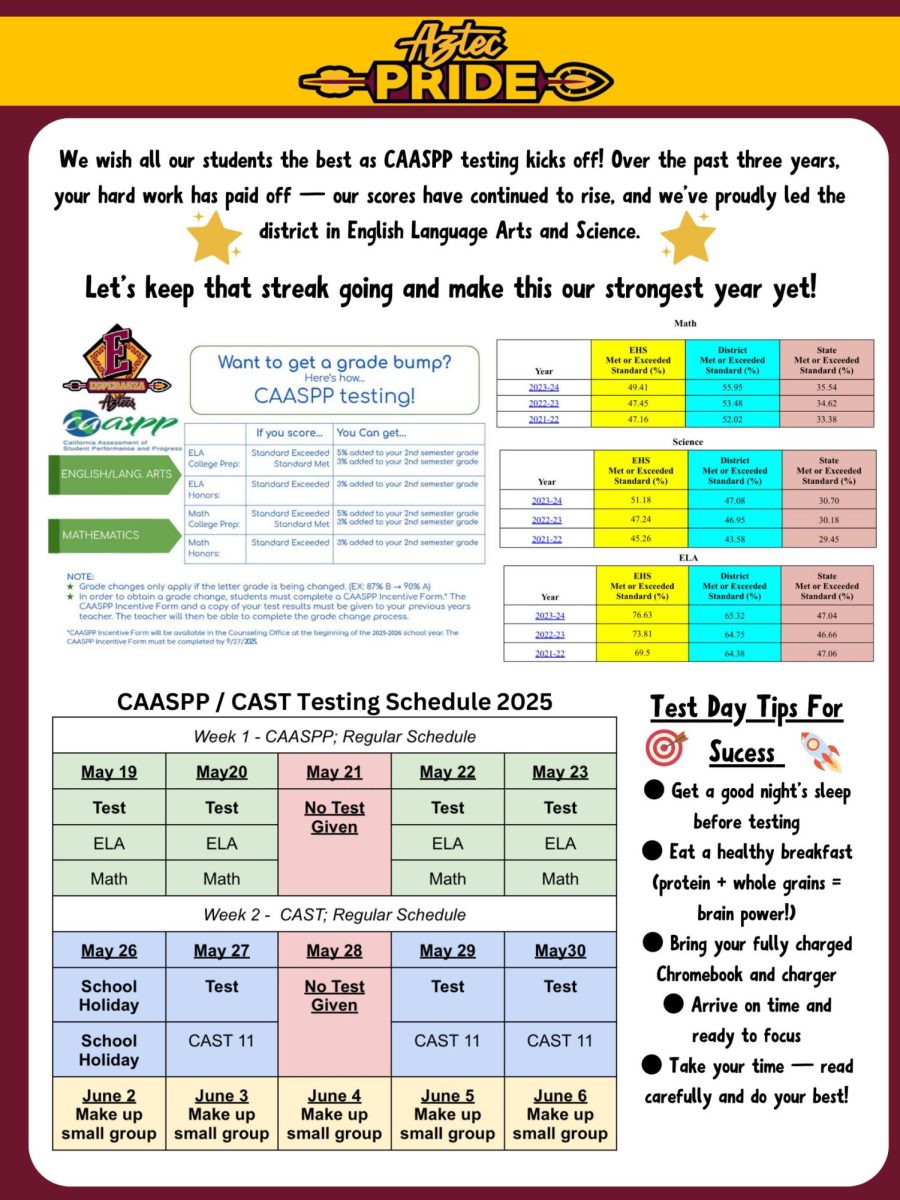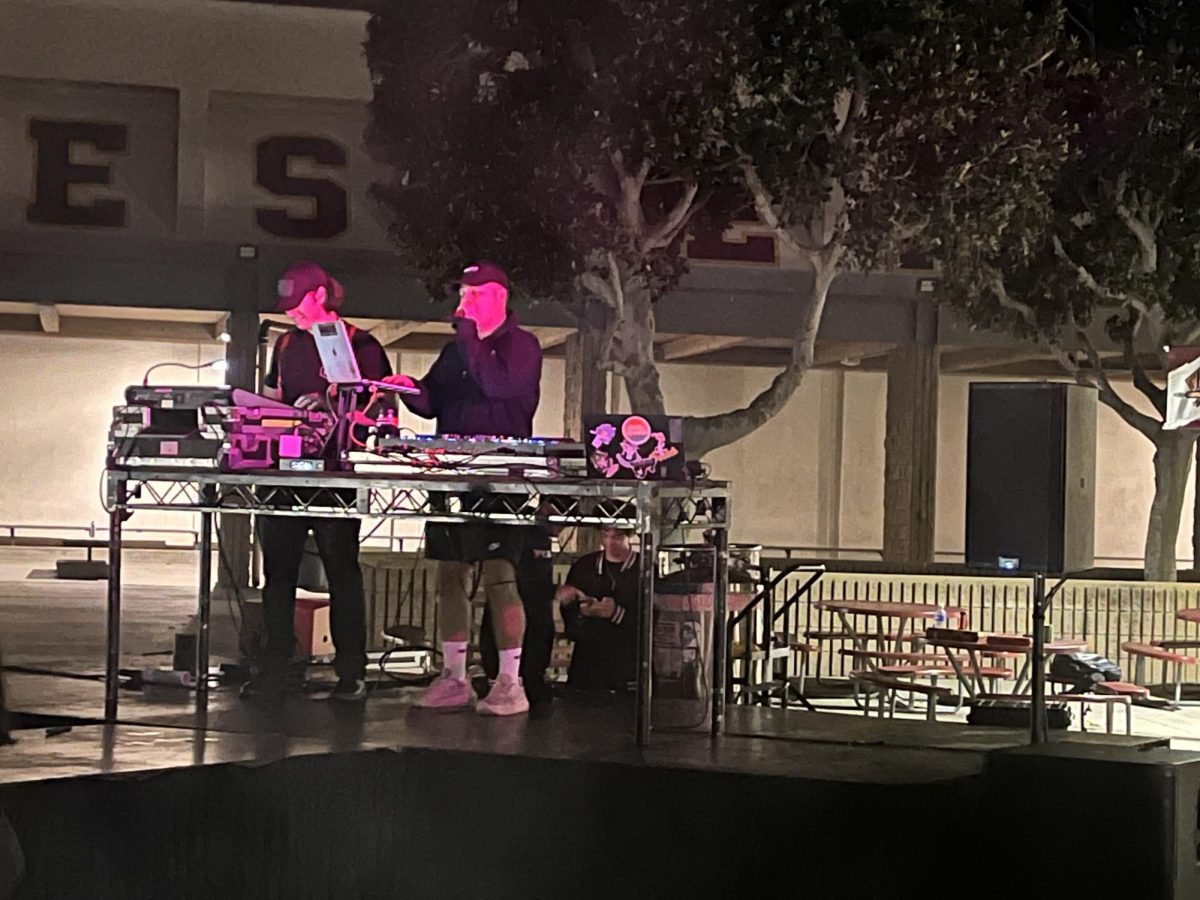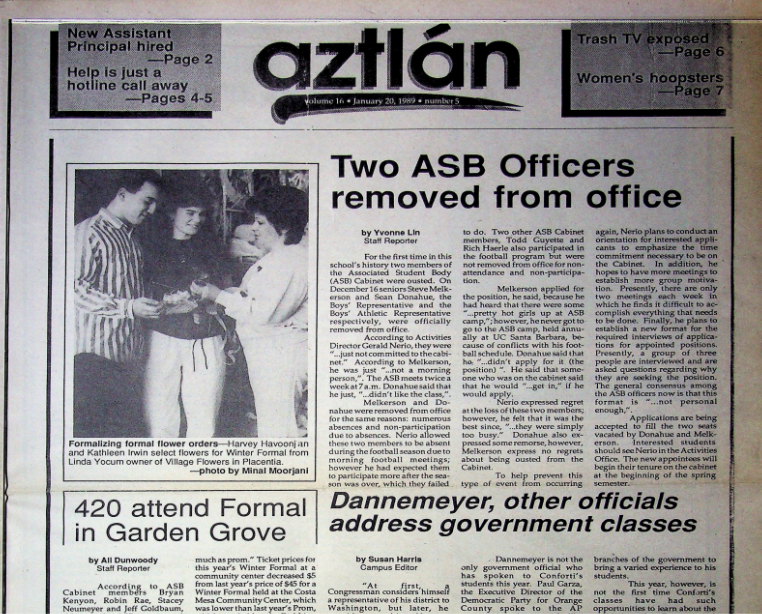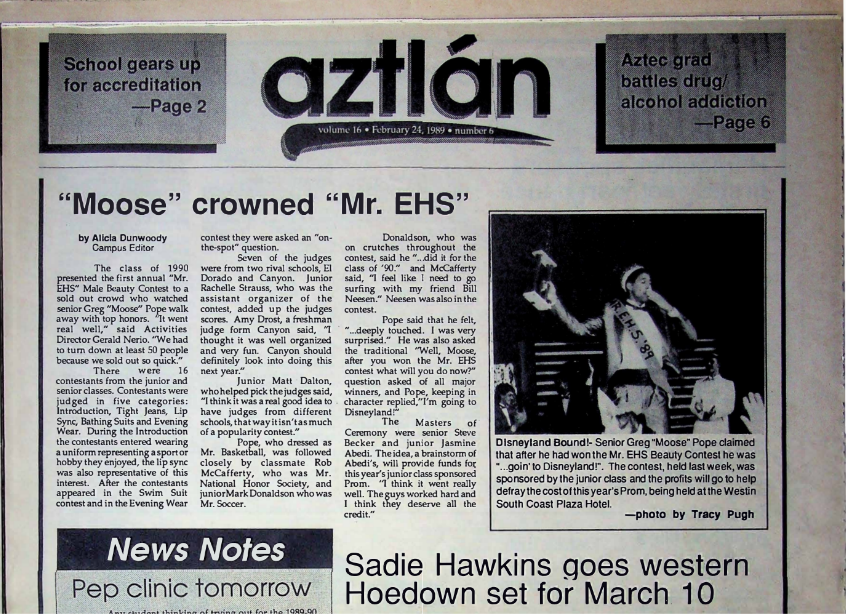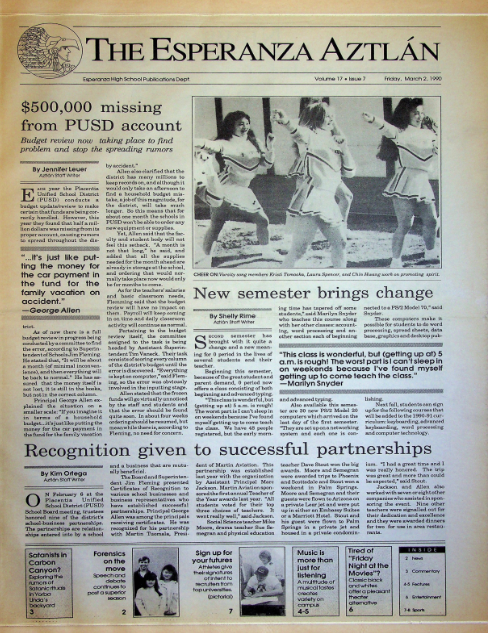Was Going Hybrid Worth It?
Now that we have somewhat comfortably settled into hybrid learning, it would be best to reflect on if the school transition was actually worth it. As it feels that students are literally divided into different groups, the school environment we’d starved for at the end of last year still seems distant, and the classrooms are closer to empty than full. With this division between students who are learning online and those in-person, teachers could describe it as almost teaching two classes at the same time in one class period. And along with the hybrid schedule’s reduction of time in classes, hybrid learning somehow has become even more difficult than distance learning.
Hybrid learners decided to return to school for two days a week and were assigned either Monday and Tuesday in Cohort A or Thursday and Friday in Cohort B. On their assigned days, hybrid learners are in the classrooms with their teachers while wearing masks and social distancing. Remote learning students chose to fully stay at home and log onto Zoom to participate in their classes. Because teachers have to focus on the two groups, the learning benefits of either remote or hybrid students are blurred.
Teachers are expected to manage both their in-person and remote students without any difficulties and stay on schedule, as they would if their classes were all in-person. Yet, this is understandably unrealistic, as to how are classes supposed to stay on schedule and run smoothly? This leads to neither hybrid nor remote students receiving learning benefits because the hybrid schedule has made learning arguably more difficult for everyone.
The only difference between the different groups is that the in-person students interact with each other more compared to the remote students on Zoom, simply because it is less awkward and more natural to talk to a physical classmate or teacher than through a computer screen. But I don’t see a reason why hybrid students would be receiving more learning benefits because both groups are following along with the same lesson.
The students in the classroom and the remote students are watching the same presentation and the same lecture from their teachers and teachers generally share their screen with the students on Zoom. Through online learning classrooms such as Canvas or Google Classroom, both hybrid and remote students do the same work and have access to the same materials and coursework. Both groups take the same tests at the same time and have the opportunity to speak up and ask questions. Teachers are also able to give feedback to all of their students.
There is no difference relating to learning the curriculum if a student is either a hybrid or remote learner, as there are difficulties for both groups. Remote and in-person students have to be more patient while teachers sort out the different questions concerning the separate groups, but neither group has a learning advantage.
Learning wise, there is no learning benefit for in-person students, and there shouldn’t be. Our teachers have designed a way to include both groups in the hybrid schedule, through Zoom and online learning classrooms to keep the class materials accessible to every student. Overall, hybrid learning has made school even more difficult because of the balance between the remote and in-person students affecting everybody. Teachers and time are both stretched between the two groups, compared to distance learning and every student learning through Zoom.



















